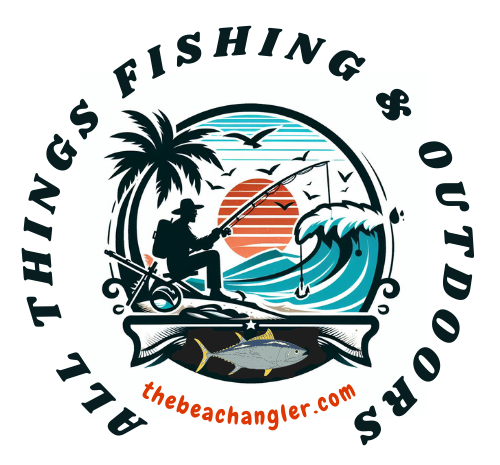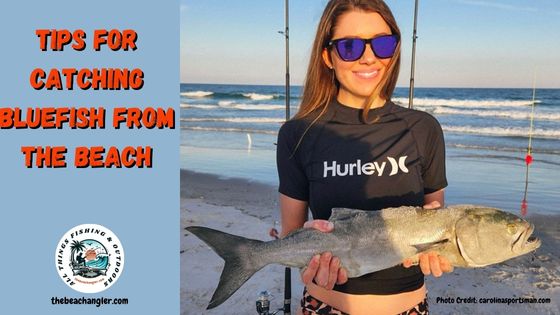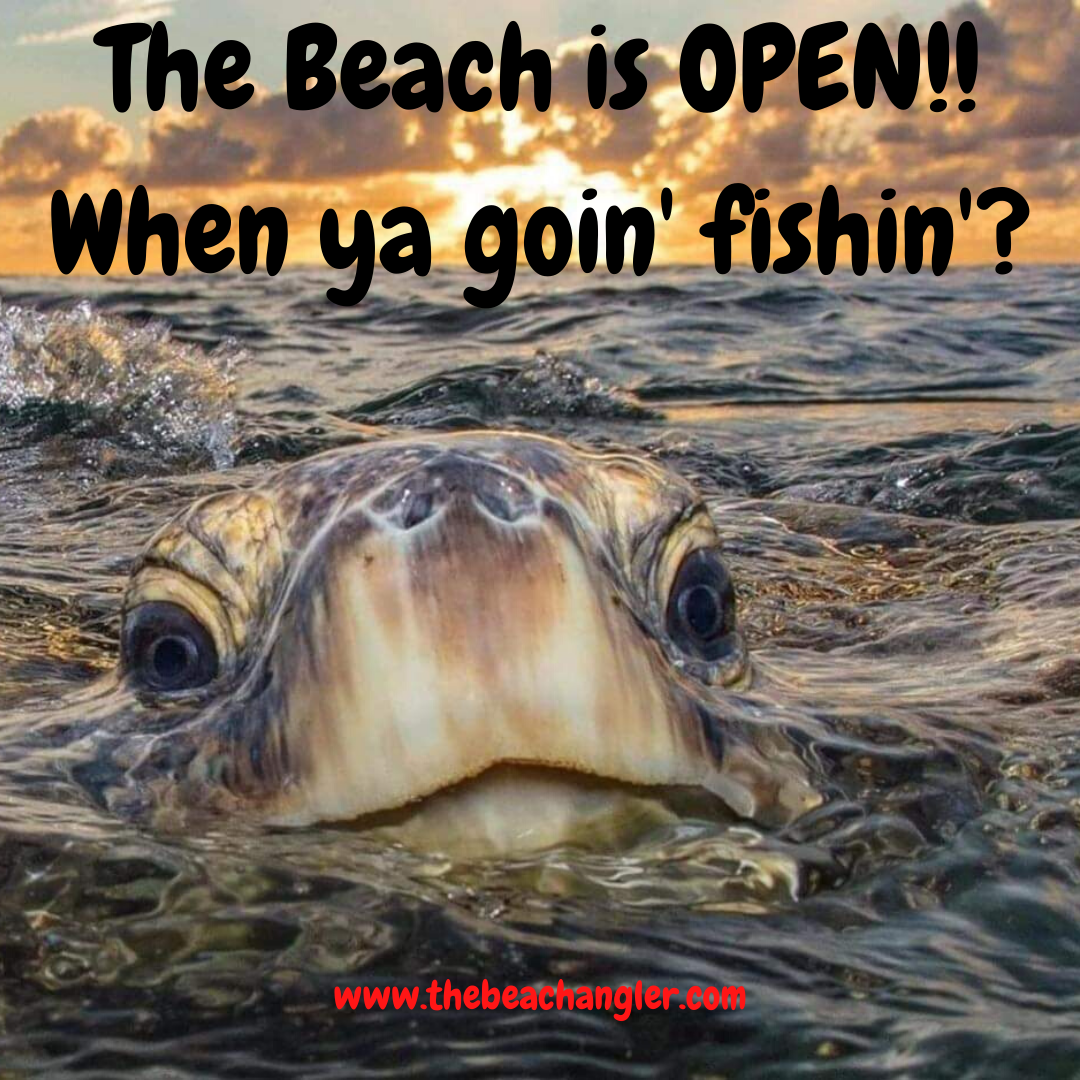Bluefish are known for their aggressive attacks, razor-sharp teeth, and hard fighting, making them one of the most exciting fish to catch from the beach. When you hook into one, it’s like battling with a miniature torpedo — pure adrenaline rush.
QUICK LOOK 6 Tips For Catching Bluefish From the Beach
- Understand Bluefish Behavior
- Learn the Best Times for Catching Bluefish
- Know the Areas on the Beach Most Likely to attract and hold Bluefish
- Use the Proper Surf Fishing Gear, Rigs and Baits for Bluefish
- Pay attention to Tides and Tidal Movement when Fishing the Beach for Bluefish
- Watch for diving birds and other signs of feeding Bluefish
So, why should you target bluefish from the beach? For starters, they’re a plentiful and challenging species that roam the surf zone, especially during their migratory seasons. Their aggressive nature means they’re almost always ready to give you a fight.
Their unpredictable behavior keeps you on your toes and, their habit of feeding in frenzies often creates memorable experiences, with fish biting left and right. When you talk about ‘targeting bluefish from the beach,’ you’re looking at a rewarding blend of skill, timing, and a bit of luck.
Catching bluefish from the beach requires an understanding of their patterns and the best gear to use. By mastering these elements, you’ll be better prepared to enjoy some of the best surf fishing experiences available.
The Predator’s Patterns – Understanding Bluefish Behavior
The bluefish (Pomatomus saltatrix) is the only extant species of the family Pomatomidae. It is a marine pelagic fish found around the world in temperate and subtropical waters, except for the northern Pacific Ocean. Bluefish are known as tailor in Australia and New Zealand, elf and shad in South Africa. It is a popular gamefish and food fish.
Bluefish are true predators of the sea. They are relentless, fast, and have a ferocious appetite. When they’re in hunting mode, they’ll chase schools of baitfish with reckless abandon, creating a frenzy in the water. Their feeding habits are a spectacle, marked by sudden bursts of energy and aggressive strikes, which is why catching bluefish from the beach is such an adrenaline rush.
Tides play a major role in their behavior. When the tide is rising, bluefish move closer to shore, following schools of baitfish. This is especially true near inlets where water movement can funnel bait, making these spots prime bluefish territory. As the tide starts to recede, bluefish often stick around troughs, cuts, rips, and drop-offs, ambushing baitfish that are swept along by the current.
Seasonality is another key factor to consider. Bluefish are more active in warmer months, usually from late spring through early fall. They migrate along the coast, chasing warmer waters and abundant food sources.
Best Times and Locations for Catching Bluefish from the Beach
Catching bluefish is often about being in the right place at the right time. Dawn and dusk are prime windows to cast your line. During these times, bluefish venture close to shore in search of food, and their aggressive feeding habits peak.
While the early bird gets the worm, the night owl can also score big. Bluefish aren’t just day hunters; they often feed close to shore at night, making it a great opportunity for night fishing enthusiasts.
Location plays a huge role in your success. Inlets and river mouths are goldmines for bluefish. These areas naturally funnel baitfish, drawing bluefish in like a magnet. Anglers who cast near sandbars or drop-offs also tend to do well. These spots offer the structure that baitfish love, which in turn attracts bluefish looking for an easy meal.
Water conditions can make or break your trip. Choppy or rough water can stir up baitfish, creating a feeding frenzy for bluefish. When the water is turbulent, bluefish get more aggressive, increasing your chances of a bite. Picking the right time, location, and understanding conditions can set you up for a successful day of catching bluefish from the beach.
Essential Gear and Tackle for Catching Bluefish from the Beach
Your gear choices are very important, especially when targeting bluefish. For rods, you’ll want something with medium to heavy action. These rods offer the backbone needed to handle the aggressive strikes and strong runs that bluefish are known for.
Spinning reels are your best bet when it comes to reels. Opt for a saltwater spinning reel with a fast retrieve rate. You’ll need that speed to keep up with the quick runs of a hooked bluefish. Plus, the durability of saltwater reels means they can stand up to the harsh marine conditions.
When it comes to line, braided line is the way to go. Its strength and casting distance advantages make it perfect for surf fishing. Bluefish are known for their powerful runs, and braided line offers the durability you need. Pair this with a wire leader to prevent those sharp teeth from slicing through your line.
Circle hooks are great because they make for easy hook sets and are better for catch-and-release fishing. For rigs, consider using a fish finder rig or a high-low rig. These setups help keep your bait in the strike zone, increasing your chances of catching bluefish from the beach.
Or, if fishing with artificials, a 2-foot length of straight wire leader between your line and your lure will save you time, and money, and increase your catch rate. 😉
Top Baits for Catching Bluefish from the Beach
If you’re trying to catch bluefish from the beach, live bait is a surefire way to attract them. Bunker and mullet stand out as top choices. These baits are the natural prey of bluefish, making them irresistible. Rigging them properly can boost your chances. Hook the bait through the nose or back to ensure it stays lively in the surf, catching the attention of these aggressive predators.
Cut bait also has its merits. Using chunked pieces of bunker, mullet, or mackerel can be very effective. The scent of cut bait travels through the water, drawing bluefish from a distance. The motion of a chunk of bait in the surf mimics wounded prey, which bluefish can’t resist. Make sure to use a sturdy hook, as the aggressive bites can dislodge, or straighten, weaker setups.
Artificial lures offer another dynamic option. Topwater poppers bring an added layer of excitement, as bluefish will strike at the surface, creating a visual spectacle. Metal spoons are great for fast retrieves, another technique that bluefish favor.
Jerkbaits and soft plastics are versatile options, ideal for those times when the fish might be picky. They can be worked in various ways to match the mood of the bluefish. Keep in mind that the teeth of bluefish will make short work of soft plastics so bring plenty of spares.
Tips and Tactics for Catching Bluefish from the Beach
Fast retrieves can be the difference between an empty hook and a bluefish on the line. Bluefish love chasing fast-moving prey, so replicating that with a quick retrieve often gets their attention. Casting out and reeling in quickly mimics fleeing baitfish, triggering that predatory instinct to strike.
Tidal strategies also play a vital role. An incoming tide brings baitfish closer to shore, followed closely by hungry bluefish. When the tide is rising, casting near inlets and sandbars can lead to solid hookups.
Conversely, during outgoing tides, bluefish might concentrate in troughs, rips, cuts, and deeper channels. Concentrating your efforts in these areas can improve your catching rate. Reading the water is another skill worth mastering.
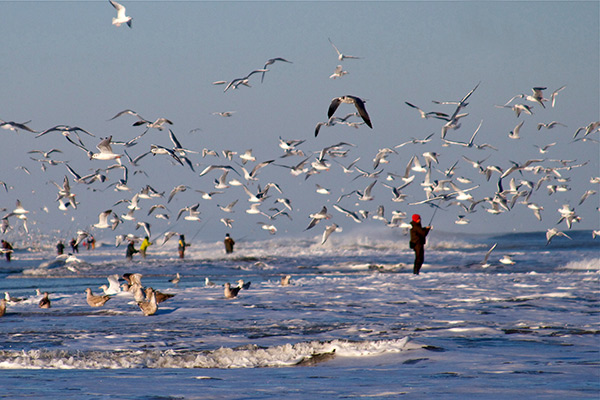
Keep an eye out for diving seabirds or surface disturbances. These are often indicators of bluefish chasing schools of bait. Spotting a feeding frenzy can pay off big time, as you’ll know exactly where to cast. Recognizing signs of a bluefish frenzy and reacting quickly can make for fast and furious action when catching bluefish from the beach.
Handling, Releasing, and Conserving Bluefish
Handling bluefish requires care, both for your safety and theirs. These fish have sharp teeth and strong jaws, so wearing gloves is a smart move to avoid injury. A fish gripper can also come in handy, offering a firm grip on the fish without causing harm.
Releasing bluefish quickly is crucial for their survival. The longer they stay out of the water, the higher the stress on them. Use pliers or a dehooker to remove the hook gently, minimizing damage.
The goal is to get that fish back in the water as soon as possible, ensuring it can swim away strongly.
Conservation efforts start with responsible fishing practices. Always check local regulations before heading out.
Size and bag limits vary by location, and adhering to these rules helps maintain healthy bluefish populations.
Practicing catch-and-release whenever possible further supports conservation efforts.
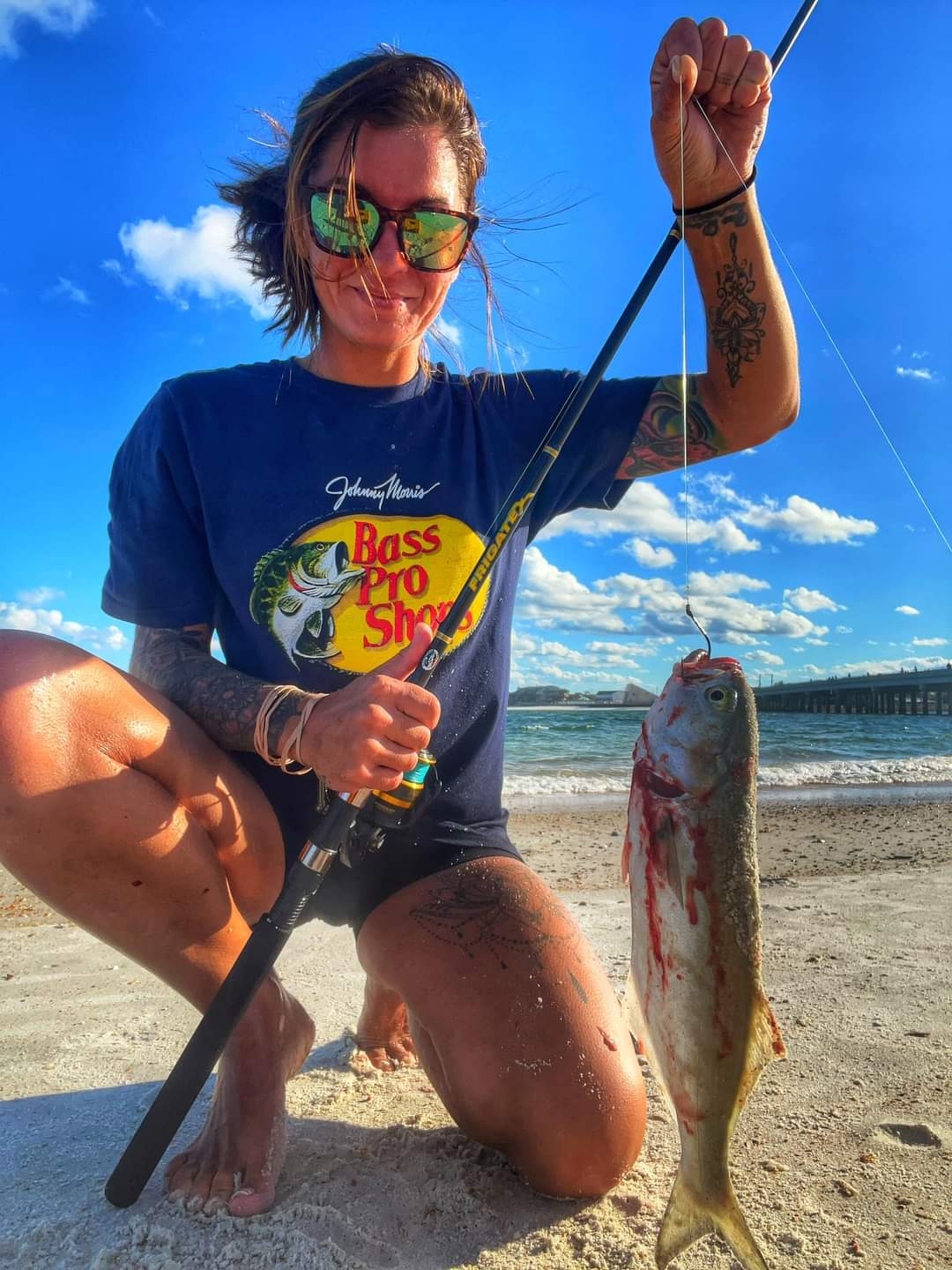
Embracing these practices not only preserves the joy of fishing for future generations but also helps maintain balanced marine ecosystems. A little effort goes a long way in ensuring that bluefish continue to thrive in our coastal waters.
Care and Cleaning of Bluefish – Yes They are Edible
Bluefish don’t have a great reputation as table fare- they’re a “trash fish” to most. Trash fish. Oily, fishy, only good smoked. That’s what you’re likely to hear when you ask people about eating bluefish.
And yes, when not properly cared for, bluefish are strong-tasting and unappetizing. However, when properly bled, iced down, and eaten fresh, there aren’t many fish in the Bay that eat better. Bluefish are bloody, oily fish, and bleeding them out drastically improves the appearance and taste of the fish.
When bleeding bluefish, I make an incision behind the pectoral fin towards the main arteries, moving the point of the knife towards the head and severing everything. You’ll know you did it right because blood will pump out of the cut.
Icing is even more important than bleeding. You can eat bluefish that have not been bled, and they’ll be okay- although a little stronger than a bled fish and much bloodier when filleting, but still edible. If you don’t ice bluefish, you are setting yourself up for a major disappointment.
Because bluefish are so oily, they go rancid quicker than less oily fish. A poorly iced bluefish, or worse, a bluefish floating dead on a stringer or in a 5-gallon bucket of warm summer water, will be bloody and mushy.
The meat will change from “delicate yet firm” to “mush” within just a few hours if not iced. And, there’s no such thing as too much ice. Make sure the entire fish is covered in ice: top, bottom, left, right. Keep the fish on ice until you are ready to fillet them. The colder you keep them, the firmer, and tastier, the fillets will be.
As always, stay safe, enjoy the journey and please try to leave it cleaner than you found it. If you have any comments, questions, ideas, or suggestions please leave them in the comment section below and I’ll get back to you ASAP. You can follow us on Facebook: Rex The Beach Angler, Instagram: thebeachangler7, Twitter: @AnglerBeach, and YouTube: Man Art Creations.
Read More Tips and Tactics
- Are Drones Legal For Fishing?

- Bulls And Pomps From The Winter Surf
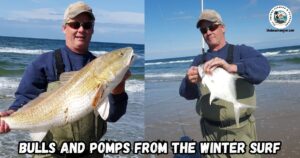
- Tips And Tactics For Wintertime Speckled Trout Fishing
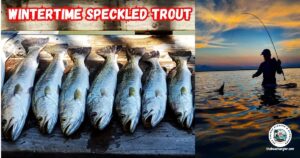
- 9 Croaker Soakin’ Tips For Big Speckled Trout
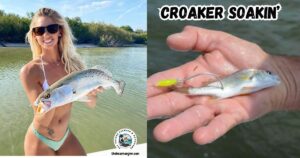
- 15 Weather And Surf Apps For Fishing
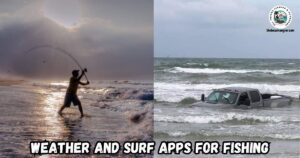
- Timing And Weather Windows For Winter Surf Fishing
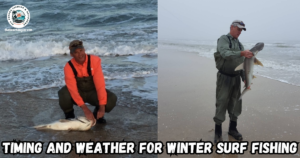
P.S. – Thanks so much for checking out our blog we really appreciate it. Just so you know, we may receive a commission if you click on some of the links that appear on our site. This helps us keep our content free and up-to-date for everyone. We appreciate your support!
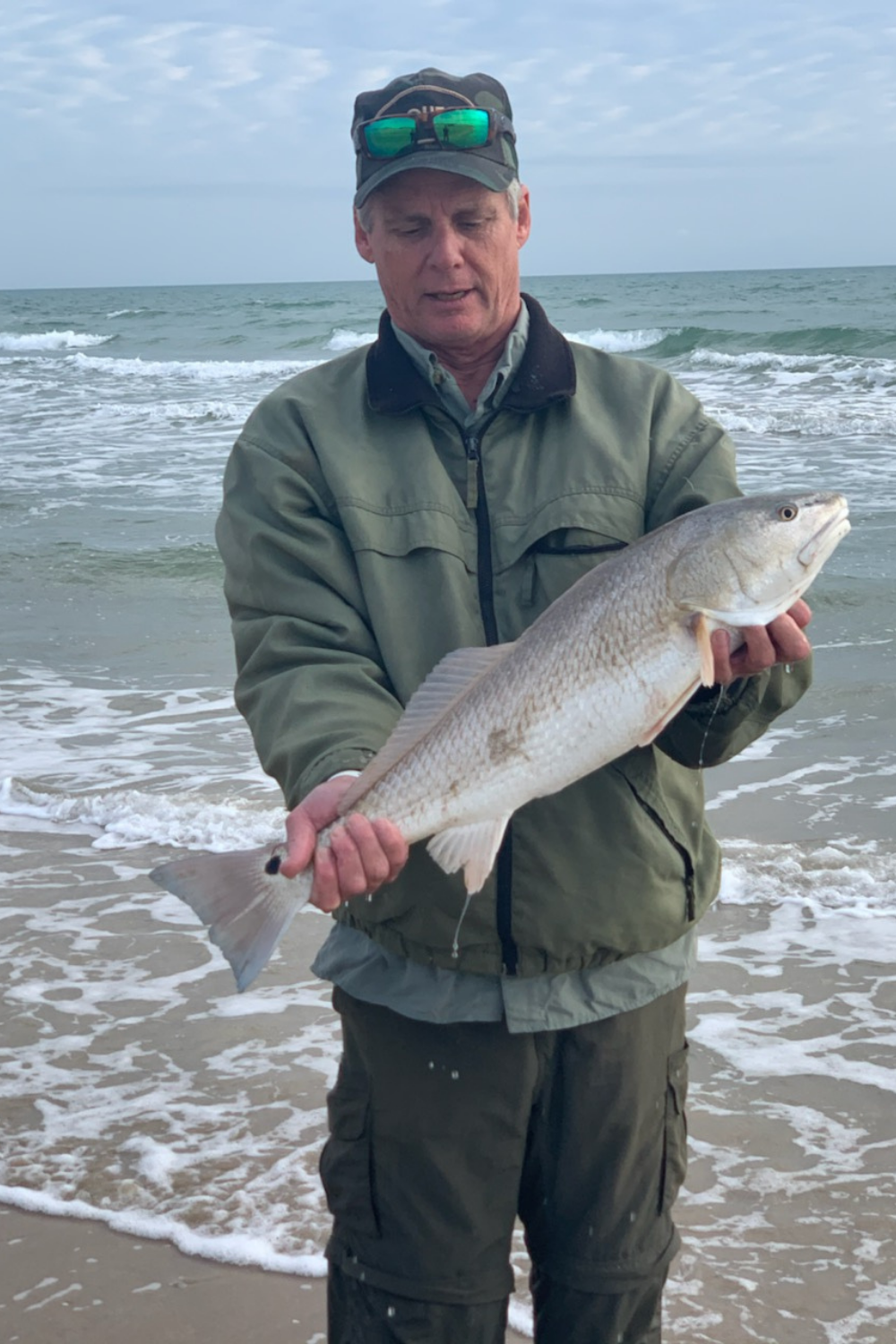
A life long surf fisherman with 50+ years of experience, I am also an avid hunter and outdoorsman. I will be sharing my passion for the outdoors with you so be prepared for hunting, fishing, camping, hiking and more. Along with gear reviews and the latest trends and innovations in the outdoor industry.
